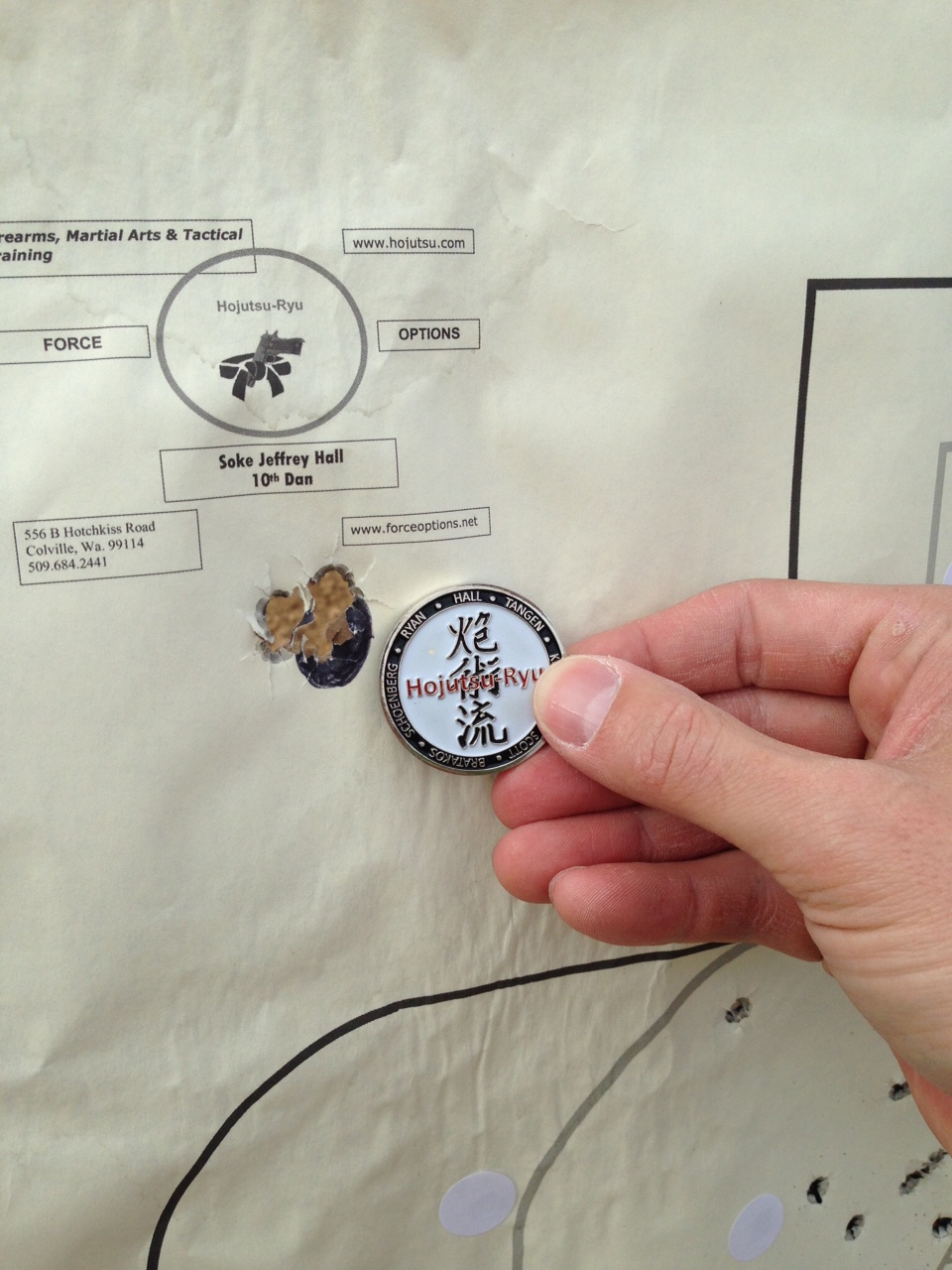
Small unit patrolling is more art than science. photo by Davis Winborne
It would be presumptuous to call these “rules”, or in any way imply that this list is definitive.
I am certainly not an expert on small unit tactics, or light infantry patrolling, but these are a few things I have learned in my time patrolling; mostly with One Shepherd, but also with S&S, and a couple of others. It should be noted that these stem from the One Shepherd “Lightfighter” concept which is a unique doctrine that may not apply to the mission or structure of other units/organizations. Most of these principals will represent mistakes I made myself, and the lessons learned thereby.
- The team that patrols the most, wins. I can say, without qualification, that in every FTX I have participated in, the most successful team is the one that patrols more. Patrolling is your eyes and ears on the battlefield. The more you patrol the more you disrupt and restrict the enemy’s freedom of movement. When the entire team is pulled into a static, defensive posture, your awareness reaches no further than your field of view. You have then ceded most of the battlespace to the enemy.
- Patrols need not be large to gather useful information. A two- or three- man patrol can often gather as much or more information as a squad- sized patrol, and free up manpower for other tasks.
- You never have people, time, and supplies in the quantity that you would like. You will have to prioritize tasks, and often must choose not to do something that is normally deemed essential. When you guess correctly, you will look like a genius, but when you guess incorrectly, you will look like a fool.
- Begin working to build team cohesion as soon as possible. As soon as you know who your team will be, have them begin doing things together. Have fire teams eat together, practice PT together, and do weapon maintenance together. The importance of the task itself is not as great as the bond it begins to form. The importance of this is difficult to quantify, but incredibly vital.
- Rehearse everything, even if the rehearsal has to be done with an improvised terrain model, with acorns representing friendly, and pinecones unfriendly operatives. Rehearsing even the simplest of operations will save you heartache later on.
- Written orders can save confusion, and emphasize the seriousness of a task. For example, tasks like watch rotations while the team sleeps, are often bungled because they happen in the dark, when people are exhausted. A written watch rotation that each person looks at while it is still light, can help to keep an alert security posture.
- Change your batteries before it gets dark. Enough said.
- The most successful teams are often led by a fox and a terrier, two personality types. The fox, sly, cautious, sneaky, and risk averse; and the terrier, bold, aggressive, and vicious, often work well together. One is better at strategy, and the other is better at kinetic operations. This combination works particularly well if the fox is patrol leader, and the terrier is his second.
- Communicating with your team is more important than the risk of communications being intercepted by the enemy. We do not want to give information away to the enemy, but most communication lapses stem from excessive fear of communication intercept. The importance of your team knowing where you, are and what you are doing, usually outweighs the danger of the enemy knowing where you are, and what you are doing,.
- Communication is more than radio. Have more tools in you communications repertoire. Do not neglect field phones, semaphores, animal calls, flares, light flashes, and plain old shouting, just to name a few.
For more about One Shepherd go to: https://1shepherd.com/what-is-one-shepherd/
For more about S&S go to: https://www.sstrainingsolutions.com/
